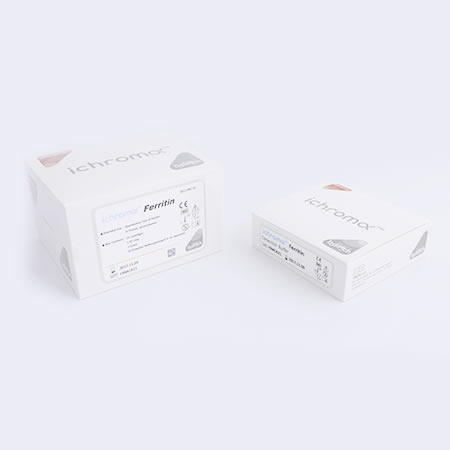| Measuring Range | 8~70 ng/mL |
| Sample Type | Serum, Plasma |
| CV | <10% |
| Reaction Time | 30Min |
i-Chroma Vitamin D
1,25-(OH)2D3 circulates as a hormone in the blood, regulating the concentration of calcium and phosphate in the bloodstream and promoting the healthy growth and remodeling of bone. 1,25-(OH)2D3 also affects neuromuscular and immune function. Vitamin D has a significant role in calcium homeostasis and metabolism. Its discovery was due to effort to find the dietary substance lacking in rickets (the childhood form of osteomalacia).
This test is used to diagnose vitamin D deficiency, and it is indicated in patients with high risk for vitamin D deficiency and when the results of the test would be used as supporting evidence for beginning aggressive therapies. Patients with osteoporosis, chronic kidney disease, malabsorption, obesity, and some other infections may be high risk and thus have greater indication for this test.



